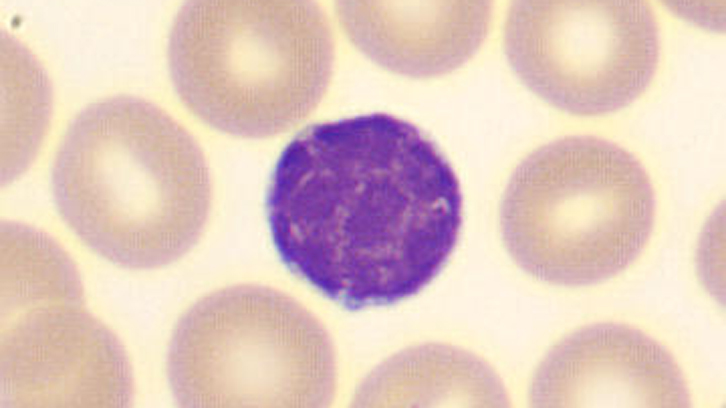Atypical chronic lymphocytic leukemia: concept versus usage

Chronic lymphocytic leukemia (CLL) is the most common lymphoproliferative disorder (LPD). Despite an absence of a pathognomonic finding (that which is found exclusively in a disease and defines it), its diagnosis is usually simple, with matching analytical, cytological (the appearance of the cells in the microscope) and phenotypic (the membrane antigens that it expresses and the intensity with which it does it) findings. However, in the 80's and 90's some cytological variants were established. These included, among others, atypical CLL, which was defined mainly by larger cells and/or cells with abundant cytoplasm. Multiple studies in the 90s established that this subtype of CLL was associated to a particular cytogenetic finding (trisomy of chromosome 12) as well as to certain phenotypic findings (higher intensity of cell B markers, which are usually decreased in CLL) and a worse prognosis.
However, the concept of atypical CLL was not formally included in the first classification of the world health organization (WHO) of hematological neoplasms published in 2001, nor has it been done in the two subsequent updates (2008 and 2017).
Currently, after more than 20 years, flow cytometry, which characterizes the phenotype of the cells, has become the most essential tool in the diagnosis of CLL. In a recent letter to the International Journal of Laboratory Hematology we argued that the use of atypical CLL is nowadays often not based on its original cytological definition but rather on the basis of phenotypic findings. Since there is no formal definition of atypical CLL by flow cytometry, the use of this concept is equivocal, even in scientific publications.
To further complicate matters, the phenotype of LPDs is a spectrum where the different disorders defined by the WHO classification overlap, at least in terms of the expression of some antigens. Furthermore, the biological relationship between phenotypically standard CLL, CLL with a minor alteration and non-CLL leukemic LPD with some CLL-like findings, is unknown. In essence, phenotypically, it is unclear where CLL ends and where other LPD begin. In fact, it is unlikely that standard phenotypic tests may offer additional information about the differences between these subgroups. Molecular studies will be necessary to resolve this issue.
From a practical point of view, this distinction has not had therapeutic implications so far, since treatment of CLL and other similar LPD has been the same. But with scientific and technological advances, treatments are increasingly targeted to the biological mechanisms of each disorder and a more accurate diagnosis will be increasingly important in order to offer the best treatment available to each patient.
ICO-Hospital Germans Trias i Pujol
Institut de Recerca Josep Carreras
Universitat Autònoma de Barcelona, Badalona
References
Sorigue, Marc & Juncà, Jordi. (2018). Atypical chronic lymphocytic leukemia: Brief historical overview and current usage of an equivocal concept. International Journal of Laboratory Hematology, 41. DOI: 10.1111/ijlh.12930.


